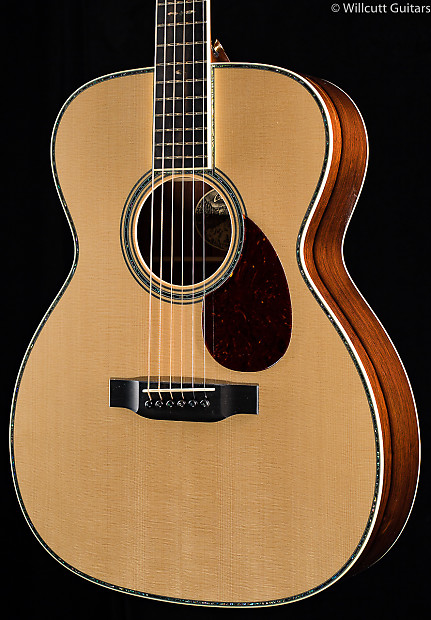- Joined
- Jan 1, 2017
- Messages
- 2,172
- Reaction score
- 2,586
- Guild Total
- 4
This is a Yamaha G C - 50 Classical from @1995, made in Japan, ostensibly "handmade" by Hideyuki Ezaki. Edit: I'm not trying to sell it -- recently inherited it from a good friend.I’d say not. But a little context would help.
A question for the wood experts here. Is this Brazlian Rosewood, or something else? What say ye all?
Brazilian Rosewood has been subject to CITES regulation since 1992. If the instrument has crossed an international boundary since then, then it should have accompanying paperwork.This is a Yamaha G C - 50 Classical from @1995, made in Japan, ostensibly "handmade" by Hideyuki Ezaki. Edit: I'm not trying to sell it -- recently inherited it from a good friend.
This leads me to think it certainly is not Brazilian. I don't have any of the paperwork that came with the guitar, but was present when the guitar arrived at the music dealer where my friend ordered it. I don't recall any discussion of Brazilian Rosewood or accompanying paper documentation. Had not thought about all of this until I read your response, Rocky. Thanks!Brazilian Rosewood has been subject to CITES regulation since 1992. If the instrument has crossed an international boundary since then, then it should have accompanying paperwork.
é mentiraTry speaking Portugese to it, and see if it makes a sound.
That should tell you.
RBSinTo
Had not thought of that! Obrigada!!Try speaking Portugese to it, and see if it makes a sound.
That should tell you.
RBSinTo
Pardon the lack of technical prowess with these pics.can u pls post clear close up photos of these areas

and another of the back from inside the sound hole?



Interesting. Is there a date on the catalogue?I have an old Yamaha catalog that includes the GC-50 model with the following specs:
Top: Solid White Spruce or Solid Cedar
Back and Sides: Solid Jacaranda
Neck: Honduras mahogany
Fingerboard: Ebony
Bridge: Jacaranda
Nut and Saddle: Bone
Scale Length: 650mm
Fingerboard Width: nut - 52mm, 12th fret - 62mm
Finish: Top - Lacquer, Back and Sides - Polyurethane
Hope this helps!
Mav, FYI, I think that's a (bookmatched) knothole in the wood. That back sure is a lovely quarter-sawn piece of wood (whatever it is).can u pls post clear close up photos of these areas

and another of the back from inside the sound hole?
Uke, just to be clear, there's no real understanding of what the Japanese folks meant by "Jacaranda." It *could* be Brazilian, but likely not. As far as I know, "Jacaranda" was their top-of-the-line rosewood(-esque) wood.So it seems this is probably not Brazilian Rosewood. Until the guitar erupts in the middle of the night with an Etude by Villa-Lobos, or a Samba by Jobim, I'll just call it pretty wood.